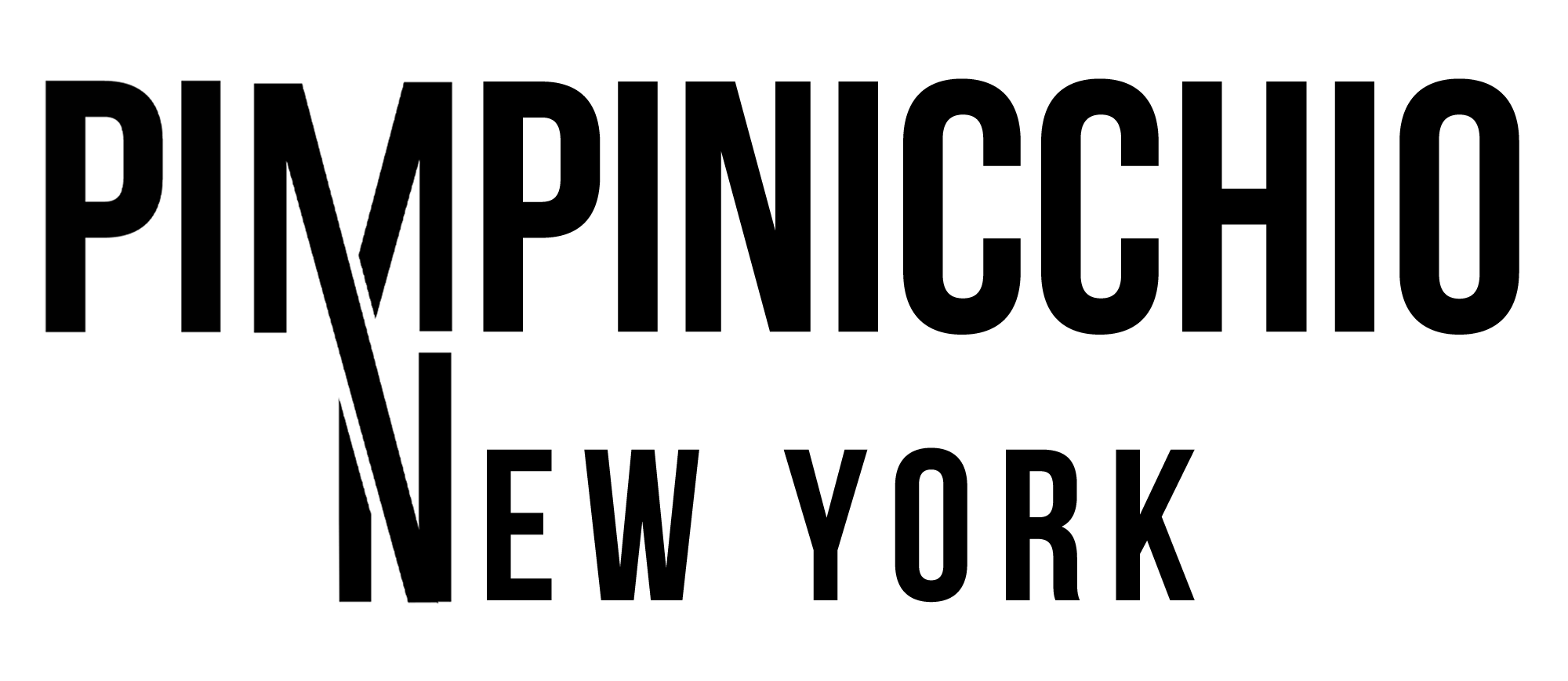In a world increasingly aware of our environmental impact, fashion recycling programs have emerged as a vital solution. No longer just a passing trend, these initiatives play a crucial role in promoting sustainability and reducing waste in the fashion industry. In this blog, we will explore the importance of fashion recycling programs, how they operate, and why they are essential for both consumers and the planet.
The Rise of Fashion Recycling Programs
Over the past decade, fashion recycling programs have gained significant traction in response to the growing demand for sustainable clothing options. Originally viewed as niche initiatives, they have transformed into essential components of a responsible fashion industry. This shift reflects a broader societal change, where consumers are increasingly conscious of the environmental toll of fast fashion. As awareness of this pressing issue has expanded, brands have stepped up to introduce creative recycling solutions, aiming to reduce their carbon footprints and mitigate waste.
Moreover, the rise of social media has played a pivotal role in amplifying these programs. Platforms like Instagram and TikTok expose users to eco-friendly practices, encouraging them to support brands that prioritize sustainability. In this age of instant information, consumers are drawn to brands that actively engage in environmental stewardship, leading to an ever-growing interest in fashion recycling programs. It’s fascinating to observe how a cultural shift towards sustainability shapes purchasing decisions.
In tandem, fashion recycling initiatives contribute to the circular economy, closing the loop between production and consumption. By extending a garment’s lifespan through recycling, we’re challenged to rethink our relationship with clothing. No longer should we view fashion as disposable. Instead, the focus shifts towards valuing items for their durability and longevity, allowing us to embrace a sustainable lifestyle.
Understanding the Environmental Impact of the Fashion Industry
The fashion industry is notorious for its environmental footprint, with statistics revealing staggering levels of waste and pollution. Each year, millions of tons of textile waste end up in landfills, where they take decades to decompose, releasing harmful chemicals in the process. Unfortunately, the impact doesn’t end there; extensive water usage for production processes and toxic dyeing methods further exacerbate environmental degradation. With varying estimates, some studies suggest that the fashion industry is responsible for approximately 10% of global carbon emissions. These problems call for immediate action, making fashion recycling programs an essential solution.
To grasp the magnitude of the issue, consider that the average American throws away around 81 pounds of clothing each year. This translates to an enormous waste problem that can no longer be ignored. Recognizing this statistic should inspire both consumers and brands to advocate for practices that diminish this waste. By participating in fashion recycling programs, individuals can contribute to decreasing landfill contributions and supporting a healthier planet.
Furthermore, such programs are designed to reclaim precious resources, demonstrating a commitment to minimizing the environmental impact. By recycling textiles, we can recover materials such as cotton, wool, and polyester, which would otherwise go to waste. The journey towards a sustainable fashion industry starts with understanding these impacts; embracing recycling can help ensure a future where our clothes have a second life, thus promoting sustainable practices across the board.
How Fashion Recycling Programs Work
At their core, fashion recycling programs aim to reduce waste by repurposing discarded textiles. But how exactly do they function? Typically, these programs involve collection points where consumers can drop off unwanted clothing or shoes, often in collaboration with retailers. Once collected, the items undergo sorting to identify those suitable for resale, refurbishment, or recycling. This process ensures that as much material as possible is given a new lease on life.
Next comes the crucial step of transformation. Fashion brands engaging in recycling initiatives often partner with specialized recycling facilities that can break down textiles into raw materials. These materials are then utilized to create new garments or various products, effectively eliminating the need for virgin resources. This method not only reduces waste but also minimizes resource extraction, painting a picture of a more responsible fashion future.
Moreover, many programs incorporate educational components, teaching consumers about responsible disposal and the environmental benefits of recycling. Awareness campaigns and workshops help demystify the recycling process while encouraging participation. As consumers become informed advocates, they drive the demand for sustainable solutions, ultimately fostering a culture of environmental responsibility within the fashion sector.
Benefits of Participating in Fashion Recycling Programs
Participating in fashion recycling programs yields an array of benefits, both for individuals and the environment. For consumers, engaging in these programs often provides a sense of satisfaction stemming from responsible consumption. Many individuals enjoy the feeling of positively contributing to the planet’s health while decluttering their wardrobes at the same time. The psychological benefits of participating in sustainable practices cannot be overstated; it fosters a sense of community among like-minded individuals who care about the environment.
There’s also the potential economic advantage. Some retailers offer discounts or store credit for items returned, fostering a circular economy that encourages shopping. This not only benefits consumers financially, but bolsters responsible consumption habits. People may find that they enjoy shopping less impulsively, knowing they can recycle their old items and invest in sustainable fashion.
On a broader scale, joining these programs helps create demand for environmentally friendly practices within the fashion community. As more consumers push for sustainable options, brands must adapt to maintain their relevance. The ripple effect of this can reshape the entire industry, prioritizing sustainability and recycling over fast fashion’s detrimental practices.
Success Stories: Brands Leading the Way
Several brands have emerged as leaders in fashion recycling programs, showcasing what can be achieved through innovation and commitment to sustainability. For instance, Patagonia has established a comprehensive initiative that encourages customers to return worn-out items. Their ‘Worn Wear’ program not only collects damaged clothing, but also repairs and resells them, thereby extending their lifespan. This model highlights how companies can redefine consumer expectations and set an example for others to follow.
Similarly, brands like H&M have launched ‘Conscious’ collections where customers are invited to recycle old clothes in-store. This approach not only clears up closet space for customers but educates them on the significance of recycling. By strategizing beyond the product itself, these brands pave the way for sustainable practices that directly contribute to reducing waste.
With rising international recognition, companies like Levi’s have committed to using recycled materials in their denim production. Their partnership with recycling facilities has enabled them to recover cotton from used jeans to make new products. Such initiatives illustrate the powerful intersection between innovation and sustainability, fostering a movement that encourages other brands to follow suit.
How Consumers Can Get Involved
Getting involved in fashion recycling programs is easier than ever for consumers. One of the first steps individuals can take is to research and locate local programs, often found in collaboration with nearby retailers. Many brands have established convenient drop-off points, making it a straightforward process to recycle old clothing. By actively participating, consumers can ensure their unwanted items don’t contribute to landfill waste.
In addition, hosting clothing swap events with friends or community members provides an opportunity to refresh your wardrobe without contributing to fast fashion. Swapping not only extends the life of clothing but also fosters a sense of community and creativity. Consumers can share style tips, embrace sustainability, and have fun while doing so.
Finally, individuals can become advocates for sustainable fashion by spreading awareness. Sharing information on the benefits of fashion recycling programs across social media channels can inspire others to adopt eco-friendly practices. Each small action adds up to create a larger impact, and by working together, we can cultivate a culture of sustainability that prioritizes recycling.
The Future of Fashion Recycling: Trends to Watch
As we look towards the future, the evolution of fashion recycling programs is set to continue with exciting trends on the horizon. One notable development is the rise of technology-driven solutions. Innovations such as blockchain can enhance transparency in recycling processes, assuring consumers that their items are indeed being recycled responsibly. This transparency builds trust while encouraging greater participation among environmentally conscious shoppers.
Additionally, collaborations between brands and non-profit organizations are becoming more prevalent. By working together, they create powerful alliances that amplify their impact. These partnerships can educate the public and promote accessibility to recycling programs, ultimately fostering a more sustainable fashion landscape.
Lastly, the focus on upcycling is gaining momentum. More designers are reimagining waste materials as valuable resources, creating unique clothing pieces that tell a story. Upcycling not only promotes recycling but also celebrates individual creativity within the fashion world. This shift towards innovation demonstrates that sustainability doesn’t mean sacrificing style; instead, it encourages a more thoughtful approach to fashion.
Embracing Fashion Recycling for a Sustainable Future
Fashion recycling programs are more than just a trend; they are a necessary component of a sustainable future. By participating in these initiatives, individuals can help reduce waste, support ethical practices, and encourage a shift towards a more circular economy. As we embrace these programs, we take a step closer to a world where fashion and sustainability go hand in hand.




0 comments